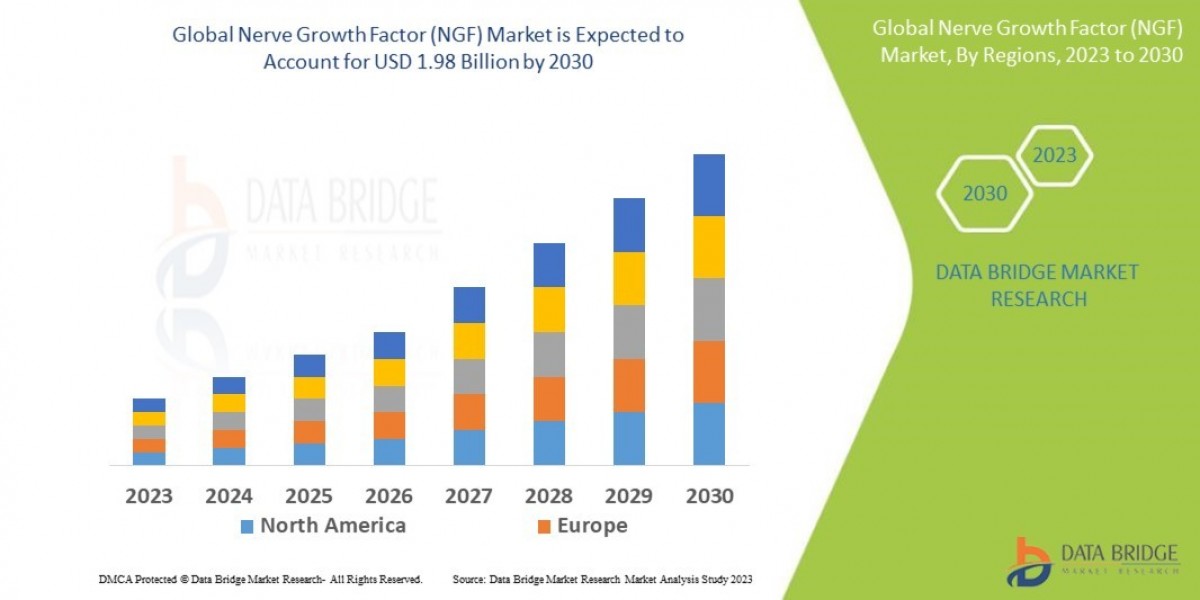As the global financial landscape continues to evolve, one of the most pressing questions for investors in 2025 is whether to stick with traditional financial assets or pivot toward the high-reward world of cryptocurrencies. With both asset classes offering distinct advantages and drawbacks, understanding how they compare is crucial for making informed decisions.
Understanding Traditional Financial Assets
Traditional financial assets include well-established instruments such as stocks, bonds, mutual funds, and real estate. These assets are typically governed by regulatory bodies and have long-standing performance histories. They are valued for their stability, predictable returns, and the ability to generate passive income through dividends, interest, or rental yields.
What sets traditional investments apart is their embedded role in the global economy. Institutional investors, pension funds, and retirement portfolios largely rely on them for their resilience during turbulent market conditions.
How Cryptocurrencies Redefine the Game
Cryptocurrencies, by contrast, are decentralized, digital-only assets powered by blockchain technology. They offer greater accessibility, particularly for retail investors worldwide, and can be traded 24/7. This new asset class also operates outside the direct control of governments or financial institutions, which both attracts and concerns investors.
Unlike traditional financial assets, the value of crypto is largely driven by market sentiment, innovation, and speculation rather than underlying company performance or macroeconomic fundamentals.
Performance: Risk vs Reward
While traditional financial assets offer steadier long-term growth, cryptocurrencies have demonstrated explosive short-term gains. Bitcoin and Ethereum, for example, have delivered returns far beyond most stock indexes during certain periods. However, those same assets have also seen sharp declines, reminding investors of the sector’s inherent volatility.
Traditional assets are generally considered lower risk, offering more predictable returns over time. Bonds and dividend-paying stocks, in particular, provide consistent income streams—something crypto has only begun to replicate through staking and yield farming.
Regulatory Landscape and Investor Confidence
Regulation remains a stronghold for traditional financial assets. Investors benefit from clear rules, oversight, and investor protections. In contrast, crypto regulation is still in flux. While some countries, including Australia and the EU, have introduced clearer frameworks, the sector continues to battle issues such as fraud, exchange hacks, and unclear tax policies.
This difference can influence investor confidence. Many still prefer the security of regulated markets, even if it means sacrificing the high potential gains crypto might offer.
Portfolio Diversification in 2025
A modern portfolio doesn’t have to choose one side or the other. In fact, incorporating both cryptocurrencies and traditional financial assets can create a well-balanced investment strategy. Crypto adds growth potential and diversification, while traditional assets provide security and long-term value preservation.
Conclusion
Cryptocurrencies are not here to fully replace traditional financial assets—but rather to complement them. Each has its own strengths and weaknesses. The wisest investors in 2025 are those who can see beyond the hype and balance innovation with reliability. By thoughtfully integrating both asset types, they can position themselves for resilience and opportunity in a rapidly changing market.







